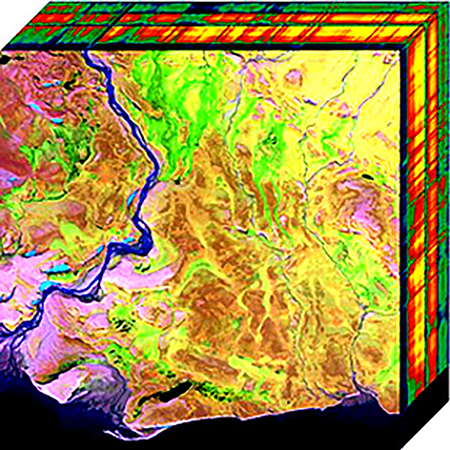Spiking Neural Networks and Connectionist Modeling: Unraveling the Synergy
Harnessing the Power of Biological Neurons to Forge Intelligent Systems

The Quest for Brain-Like AI
The AI industry is tirelessly working towards creating intelligent machines capable of emulating human cognition. Key to this mission are Spiking Neural Networks (SNNs) and Connectionist Modeling. This article elucidates these cutting-edge technologies and their convergence to spawn more sophisticated AI systems.
Understanding Spiking Neural Networks (SNNs): The Future of Neural Networks
Biological neurons communicate using discrete electrical pulses termed 'spikes'. SNNs are an innovative artificial neural network architecture that imitates this particular biological behavior.
SNNs are often considered the third generation of neural networks and stand out due to their biological plausibility. Traditional artificial neural networks involve neurons sending continuous values, whereas in SNNs, communication happens through sequences of spikes, which means information is encoded in both the pattern and timing of these spikes.
Connectionist Modeling and Parallel Distributed Processing (PDP): Simulating Human Cognition
Connectionism is a framework within AI and cognitive science that models mental phenomena through networks of simple units. Synonymous with Parallel Distributed Processing (PDP), connectionist modeling employs artificial neural networks to simulate cognitive processes.
Connectionist models encompass a network of interconnected artificial neurons where information is processed through numerous units operating concurrently, mirroring the parallel nature of human brain function.
How Spiking Neural Networks Elevate Connectionist Modeling
With a foundational understanding of SNNs and Connectionist Modeling, let's delve into how these concepts are mutually reinforcing.
1. Enhancing Biological Plausibility
One of Connectionist Modeling’s objectives is to build networks reminiscent of the human brain's neural architecture. SNNs, with their spike-based communication defined by neurobiologists in differential equations, present a biologically viable depiction of neural networks. When SNNs are incorporated into Connectionist Models, the biological authenticity is significantly bolstered.
2. Incorporating Temporal Dynamics for Real-Time Processing
Traditional artificial neurons do not effectively capture temporal dynamics. SNNs inherently consider spike timings, enabling connectionist models that employ SNNs to encode time-dependent patterns, essential for cognitive tasks like speech recognition and decision making.
3. Achieving Energy Efficiency in AI Systems
Biological neural networks are known for their energy efficiency. By only activating neurons during spike events, SNNs replicate this feature. When used in connectionist models, this results in more energy-efficient AI systems, crucial for sustainable and scalable AI deployment, especially in neuromorphic computing.
4. Tackling Complex Learning with Spatio-Temporal Patterns
Spike-based communication in SNNs excels at learning spatio-temporal patterns. In Connectionist Models, this facilitates modeling intricate learning scenarios involving temporal data structures, such as video and speech processing.
Overcoming Challenges for Groundbreaking AI Innovations
SNNs have their share of challenges, including training complexities. However, with relentless advancements in algorithms and training methodologies for SNNs, incorporating them into Connectionist Models can pave the way for revolutionary AI innovations.
The Convergence: Shaping the Future of AI
The integration of Spiking Neural Networks with Connectionist Modeling heralds an exciting era in AI. By capturing the biological intricacies of human neural networks and encoding time-dependent cognitive processes, this synergy is poised to drive the next generation of intelligent, efficient, and human-like AI systems.










